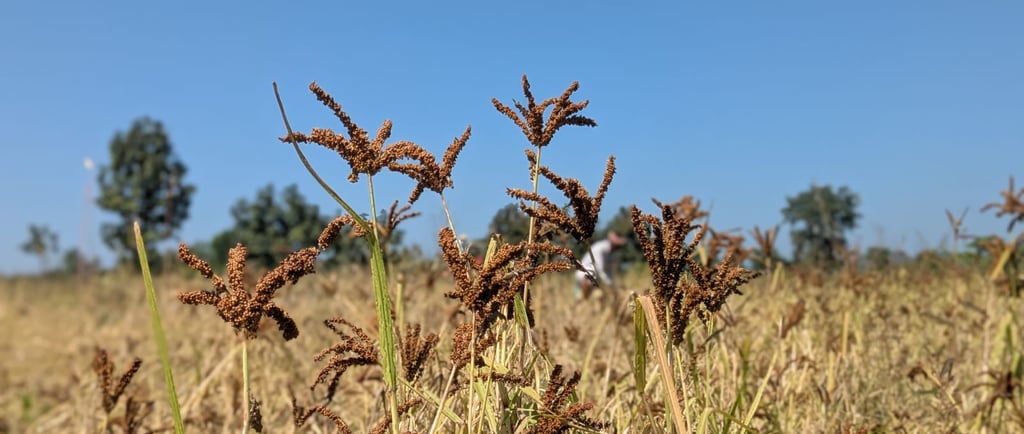🌱 How to Start an Organic Farm in India – Step-by-Step Guide
Organic farming is more than just a trend — it’s a sustainable way to produce healthy food while protecting the environment. If you’re thinking about starting an organic farm in India, this simple guide will help you understand every step from planning to profits. --- 🧩 Step 1: Understand What Organic Farming Means Organic farming avoids chemical fertilizers, pesticides, and genetically modified seeds. Instead, it focuses on: Natural fertilizers like compost and cow dung. Biological pest control. Crop rotation and green manuring. The goal is to maintain soil health and produce chemical-free food. --- 📍 Step 2: Choose the Right Location Select land that: Has good soil fertility. Access to clean water. Is away from industrial pollution and city waste. If the land has been previously used for chemical farming, it needs a 2–3 year transition period to become fully organic. --- 🌾 Step 3: Select Suitable Crops Choose crops that grow naturally in your region. Popular organic crops in India include: Vegetables (tomato, okra, spinach) Grains (wheat, rice, millets) Fruits (banana, papaya, mango) Herbs (tulsi, aloe vera, turmeric) Start small with 1–2 crops before expanding. --- 🪱 Step 4: Prepare the Soil Organically Use compost, vermicompost, or cow dung manure. Avoid chemical fertilizers. Use green manure crops like sun hemp to enrich soil. Healthy soil = Healthy plants! --- 💧 Step 5: Set Up Irrigation & Pest Control Use drip irrigation to save water. Apply natural pest repellents like neem oil and garlic spray. Encourage birds and friendly insects for pest control. --- 📜 Step 6: Get Organic Certification To sell your produce as certified organic, register under: NPOP (National Programme for Organic Production) Or PGS-India (Participatory Guarantee System) — easier for small farmers. Certification builds trust with customers and helps you sell at better prices. --- 🛒 Step 7: Market Your Organic Products You can sell through: Local organic markets and fairs Online marketplaces (BigBasket, Organic India, Amazon) Your own website or farm brand (like OrganicFarmIndia.com) Direct farm-to-home delivery Good branding and packaging help attract loyal customers. --- 💰 Step 8: Plan for Profit & Growth Organic farming may take time to build, but once your soil is fertile and customers trust your brand, profits are steady. Combine farming with: Organic compost production Farm visits or eco-tourism Selling processed organic products (flour, oils, spices) --- 🌿 Conclusion Starting an organic farm in India requires patience, knowledge, and a love for nature. With the right approach and planning, you can grow healthy food, earn sustainably, and contribute to a greener planet.
Gulab T.
11/9/20251 min read


My post content